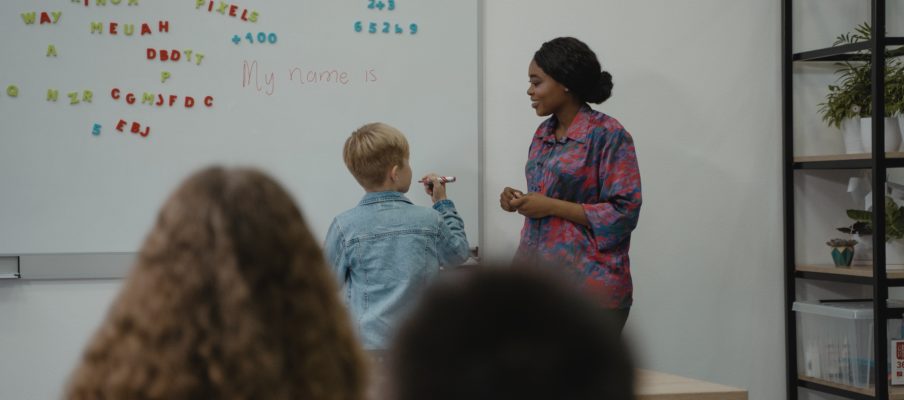2022 has been an eventful year for reading instruction to say the least.
Between the rise of the “Science of Reading” movement (a structured framework of reading instruction that emphasizes the systematic teaching of language foundations, notably phonics. More on this topic in our previous blog) and an official acknowledgement of the dip in literacy scores as shown by NAEP results, it’s no surprise that improving reading instruction is at the top of the priority list for schools around the nation. As the year comes to end, let’s take a look back at five major developments that have occurred as schools work towards this goal.
1. Nationwide, states have collectively turned towards science-backed reading instruction.
The movement continues to gain steam and states are scrambling to join in.
Schools around the nation have started taking action to align teaching practices used in classroom with science-backed methods of reading instruction that have been proven to be the most effective for learners.
In 2022 alone, at least five states have passed laws or implemented policies related to evidenced-based reading or the way early reading teachers are trained, with an universal emphasis on best practice reading strategies such as decoding and phonics. This brings the total number of states that have partaken in the reading science movement to 29 (along with the District of Columbia) with the majority having joined after 2019. The new legislation put in place by states carry the officials’ hopes that improved classroom practices will lead to more effective instruction and help to create more proficient readers.
2. The science of reading backed by leaders in the two largest school systems.
The big guys are in.
Among the states that joined the movement in the past year are the country’s two largest school systems-New York City and Los Angeles-who both vowed their commitment to ensure and to improve early reading instruction for all.
In New York City, Mayor Eric Adams announced in May a mandate for phonics-based reading programs for all elementary schools, additional dyslexia screening, as well as training for teachers to better assist children with reading difficulties.
Over on the west coast, the superintendent of the City of Angels has highlighted the need for elementary teacher to be trained in evidence-based approach and stressed the importance of additional support for struggling students–all in an effort to “expand the implementation of the science of teaching reading.”
3. Black activists join the movement and demand change in the way that reading is taught.
For some, literacy is the key to narrowing racial gap and the way to social justice.
Black activists, such as members of NAACP’s education committee in Fairfax county, have also embraced what cognitive science shows us about how students learn to read–and in particular, the role of phonics.
The committee has shifted their center of focus to overhauling the way their county public schools teach students to read, by explicitly demanding the incorporation of systematic and phonics-based reading instruction in classrooms. For the activists, universal access to stronger literacy instruction is a fundamental and defining civil rights priority.
4. A prominent scholar revisits her popular reading curriculum to include more phonics.
The balanced literacy method disgraced, literacy guru Lucy Calkins makes a major retreat.
For years, “Units of Study”, a reading curriculum written by Columbia professor and literacy guru Lucy Calkins has dominated elementary school classrooms nationwide. But her methodology has been criticized by a growing number of analysts for relying on a number of controversial and now discredited reading strategies based on context clues.
Lucy Calkins has recently admitted to the New York Times that her advice to reading teachers had ignored the science of reading and has since made a major retreat to revise her curriculum to include daily structured phonics lesson and special assessments of decoding skills, all the while calling what she has learned about the science of reading in the past few years “transformational”.
5. The impact of the science of reading reaches far beyond the early years of instruction.
Is phonics only for little kids? Memphis has decided that it’s not.
The reading science movement may be revolutionizing reading instruction in K-3 years, but struggling readers are not unique to elementary schools.
In an effort to help higher grade students catch up on lacking reading skills, the school district of Memphis has implemented a special literacy curriculum in high schools which focuses on teaching teenage students the right reading strategies — such as decoding words — to help them start reading at grade-level and in turn achieve overall academic success.
